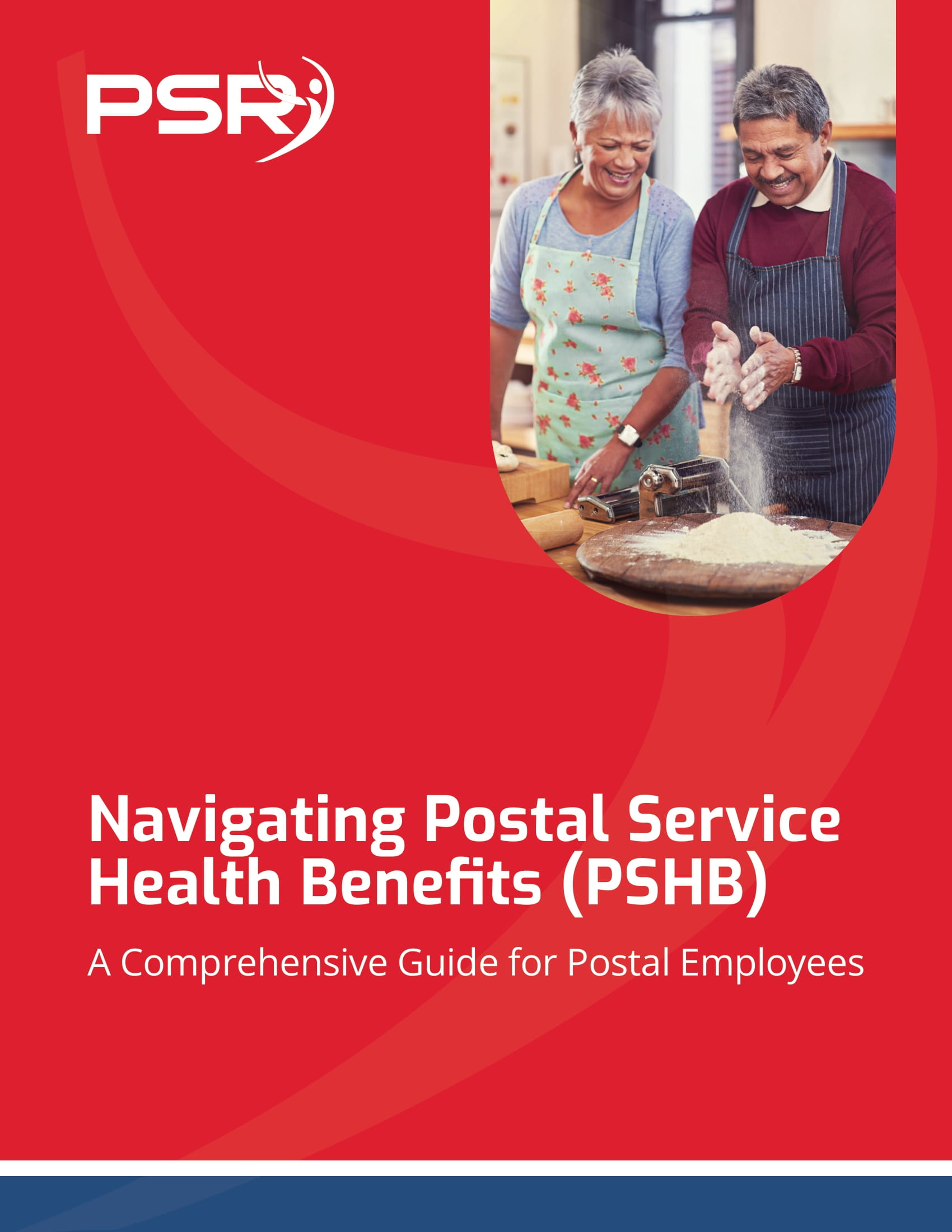Key Takeaways:
- Federal employees have access to a wide array of benefits, and understanding them can help you maximize your overall financial well-being.
- Don’t wait until the last minute—start tapping into your benefits now to ensure you’re making the most of the opportunities available to you.
What Are the Must-Know Federal Employee Benefits?
- Also Read: FAA, Law Enforcement, and Special Federal Employee Categories—Here’s What Makes Their Retirement Unique
- Also Read: Blending Private and Public Sector Retirement Plans Is Complicated—Here’s Where Couples Get It Wrong
- Also Read: The Silent Shift in Postal Service Retirement Benefits That Could Change Everything by 2026
Let’s break down some of the key benefits you should be tapping into right now.
How Does Federal Employee Health Insurance Work?
Federal employees have access to the Federal Employees Health Benefits (FEHB) Program, one of the most comprehensive health insurance systems available. This plan gives you a wide range of coverage options, ensuring that you have access to affordable health care for yourself and your family. Whether you’re planning for short-term health needs or considering future medical expenses, the FEHB can provide peace of mind.
Unlike private sector plans, federal employees enjoy lower premiums, as the government picks up about 70% of the cost. This makes FEHB a cost-effective choice compared to many private health plans. The plan is also flexible, meaning you can choose between different providers and networks. Make sure you review your options every year during the Open Season to ensure you’re getting the best coverage for your needs.
What is the Thrift Savings Plan (TSP) and Why Should You Care?
One of the most valuable retirement savings tools available to federal employees is the Thrift Savings Plan (TSP). If you haven’t started contributing, now is the time to do so. The TSP is a defined-contribution retirement plan similar to a 401(k) offered by private employers. It allows you to contribute a portion of your salary toward retirement, and the government even matches your contributions up to a certain percentage—essentially free money.
You can contribute up to $23,000 annually (as of 2024 if you’re over 50). The TSP offers a variety of investment options, from government securities to stock index funds, and the administrative fees are incredibly low, which means more of your money stays in your account and works for you.
Don’t overlook the importance of compound interest. The earlier you start contributing, the more time your money has to grow. Plus, if you’re over the age of 50, you can take advantage of “catch-up” contributions, which allow you to put away even more money for retirement.
Federal Employee Retirement System (FERS): Your Safety Net for the Future
The Federal Employee Retirement System (FERS) is the primary retirement plan for federal employees. It’s a three-part system that includes your FERS basic benefit, Social Security, and your TSP contributions. Combined, these components ensure that you have a reliable source of income during your retirement years.
To be eligible for full retirement benefits, most federal employees need to serve for at least 30 years and reach the age of 62. However, early retirement options are available, and you can even receive reduced benefits at age 57 if you have 20 years of service.
FERS is not something you want to take lightly. It’s a pension-like program, which is becoming increasingly rare in the private sector. It ensures you have a steady stream of income throughout your retirement, and together with Social Security and the TSP, it helps create a comprehensive retirement package.
Should You Consider Federal Long-Term Care Insurance?
One area many federal employees tend to overlook is the Federal Long-Term Care Insurance Program (FLTCIP). As we age, the need for long-term care becomes more likely, and it can be incredibly expensive. This insurance helps cover costs related to nursing homes, assisted living facilities, or even in-home care.
FLTCIP allows you to plan ahead and alleviate the financial burden on your family in the event you need long-term care. Enrollment is voluntary, but it’s worth considering if you’re looking to secure your future.
Are You Using Your Flexible Spending Accounts (FSA)?
Federal employees also have access to Flexible Spending Accounts (FSAs), which allow you to set aside pre-tax money for healthcare or dependent care expenses. If you’re not taking advantage of this, you could be leaving money on the table.
FSAs are ideal for covering out-of-pocket healthcare costs like copays, prescriptions, or medical equipment. The Dependent Care FSA helps with expenses such as daycare or elder care. Keep in mind, however, that these are “use it or lose it” accounts, so it’s essential to estimate your annual healthcare expenses accurately.
FSAs reduce your taxable income, which can save you hundreds of dollars annually, depending on your tax bracket.
What Are Federal Employee Work-Life Programs?
The federal government also offers a number of work-life balance programs designed to support its employees’ well-being. Telework is one of the most popular, allowing employees to work from home and providing much-needed flexibility. Additionally, the Employee Assistance Program (EAP) offers confidential counseling services for those dealing with personal or work-related challenges.
If you have children, the federal Child Care Subsidy Program can assist with daycare costs. The government also offers generous leave policies, including paid sick leave, annual leave, and Family and Medical Leave Act (FMLA) protection for employees who need extended time off for medical reasons or to care for family members.
How to Maximize Your Federal Employee Benefits Today
To ensure you’re getting the most from your benefits, review your options annually. Many benefits, such as health insurance, TSP contributions, and FSAs, require you to take action during specific enrollment periods, so it’s important not to miss these deadlines.
Consider speaking with a financial planner who is well-versed in federal benefits. They can help you navigate the nuances of programs like FERS, TSP, and FLTCIP, ensuring you’re setting yourself up for long-term success.
Your Federal Benefits Are a Lifelong Asset
Don’t wait until retirement is right around the corner to start utilizing your federal employee benefits. These programs are designed to help you throughout your career and beyond. From health insurance to retirement savings, taking full advantage of what’s available to you will significantly improve your financial future.












